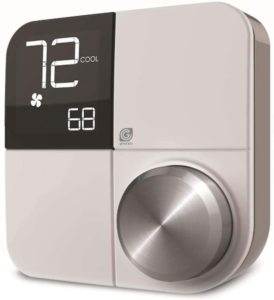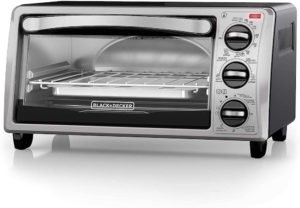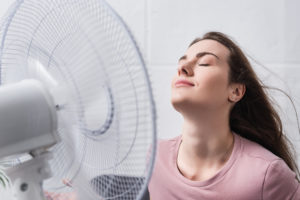
But let’s back up a minute.
I’ve criss-crossed the country over the last few weeks as the featured “green living” expert at the Texas Conference for Women, Toyota’s “In the Interest of Women” Conference, and the American Bankers Association Annual Convention, where I spoke to spouses of convention attendees.
Many of the people I met were startled to learn that women collectively spend eighty-five cents of every dollar in the marketplace. They were even more energized by the idea that they could use their economic clout to force manufacturers to produce eco-products. Which brings us back to the light bulb. Women want a better, safer bulb.

What women don’t know is how little mercury the bulbs contain, especially compared to the alternative: the mercury emitted by coal-fired power plants when they create electricity to power incandescent light bulbs. According to the Environmental Protection Agency, CFLs contain an average of 5 milligrams – about the amount that would cover the tip of a ballpoint pen. (By comparison, older thermometers contain about 500 milligrams of mercury. It would take 100 CFLs to equal that amount.) Coal-fired power plants generate twice as much mercury to keep incandescent light bulbs burning.
Bulb manufacturers have committed to reducing mercury in bulbs by the end of 2007. Neolite, an Energy Star-certified company, already manufactures a bulb that contains only 1 milligram of mercury, yet still uses up to 75% less energy than an incandescent lamp. Efficient LEDs (light emitting diodes) do not contain any mercury at all.
Of course, you can help prevent any of the mercury in the bulb from escaping into the environment by handling it properly. Be somewhat careful when taking the bulb out of its packaging. Hold it by its base – not the glass — when screwing and unscrewing it. For more handling tips, see http://earth911.org/mercury/. Rather than throw CFLs in the trash when they burn out (which won’t be for 7-10 years), contact www.epa.gov/bulbrecycling/ to find a nearby recycling location.
To save energy, slow climate change, and reduce mercury build-up in the environment, energy-efficient lights win over incandescent bulbs hands down.




















4 thoughts on “Women Want a Better Light Bulb”
While CFL’s are an energy efficent way to reduce energy and lower the carbon footprint, more attention needs to be paid to developing recycling programs to keep them out of the landfills.. While they generally last a few years, at some point in 2010, there will be many millions of burnt out CFL bulbs needing a proper way to recycle them..
While some cities offer this service, there are also web based companies like http://www.lamprecycling.com/ that cost a bit of money to send back bulbs for recycling.
IKEA is the only US retailer that currently will accept CFL bulbs for recycling, hopefully other bigger chains will follow..Great article on subject. It’s important to demand from retailers a little green accountability!
Tim,
You’re absolutely right about the need to recycle CFLs. When we buy them, we should make a point of telling cashiers and store managers we intend to bring them back! Thanks for writing, Diane
I am all for what you are doing in promoting the use of CFLs, but I’ve a question. How do you hold onto the base while you are screwing the base into the light socket? Also, I have yet to have a CFL last more than a year or so. I’ve been buying them since they became available in retail stores, but I have already replaced them twice over.
Judy, Thanks for writing. Re the bulbs you’ve bought: have they been generic CFLs, rather than Energy Star-certified? Energy Star bulbs are generally reliable, so perhaps the bulbs themselves were faulty. Also, some older lamps that have 3-way switches sometimes don’t use CFLs well. If you buy CFLs again, make sure you choose Energy Star models. As for holding it “by the base,” I mean the area right above the screw threads. You don’t want to hold the bulb by the top – if you twist too tightly, the bulb could break. Thanks. Diane
Comments are closed.